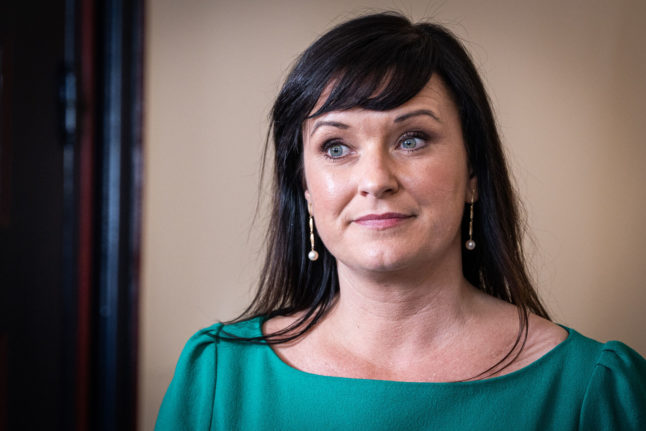The reforms placed a limit on the time people could be on sick leave. People who have been on state sick benefits for more than 180 days are now forced to either apply for work or training, or to seek lower sick benefits from Sweden’s social insurance agency.
Of the 18,000 people who passed the 180-day limit since the beginning of the year, only 6,000 have applied for continued sick benefits. the remaining 12,000 have either got work or have started a training programme run by Arbetsförmedlingen, the Swedish state labour exchange.
“Most of the people who came to Arbetsförmedlingen at the start of the year are either still with us in some sort of programme or are in a job with support. We think it is positive that so many people have taken the chance to get out on the job market again,” said Henrietta Stein, Arbetsförmedlingen’s head of rehabilitation.
Social Insurance minister Cristina Husmark Pehrsson said the reform had been successful:
“Twenty percent are in work of some sort and 40 percent are still in a programme at Arbetsförmedlingen. Previously, 100 percent were on sick insurance benefits,” she said.
But the Social Democratic of the Riksdag’s social insurance committee, Veronica Palm, said it was “a completely cynical and nasty policy where people have to lose their insurance to be given the right to support from Arbetsförmedlingen. This is far too high a price for many people to pay,” she said.


 Please whitelist us to continue reading.
Please whitelist us to continue reading.
Member comments